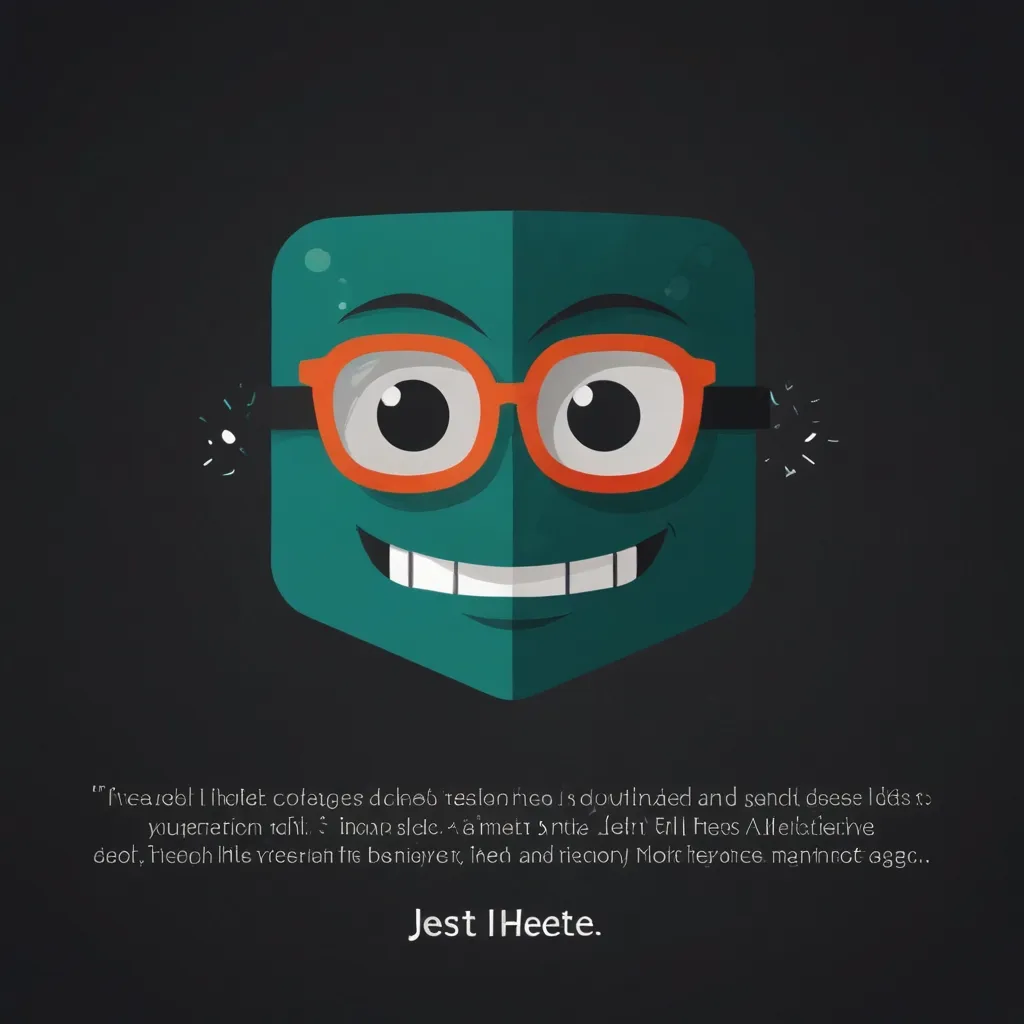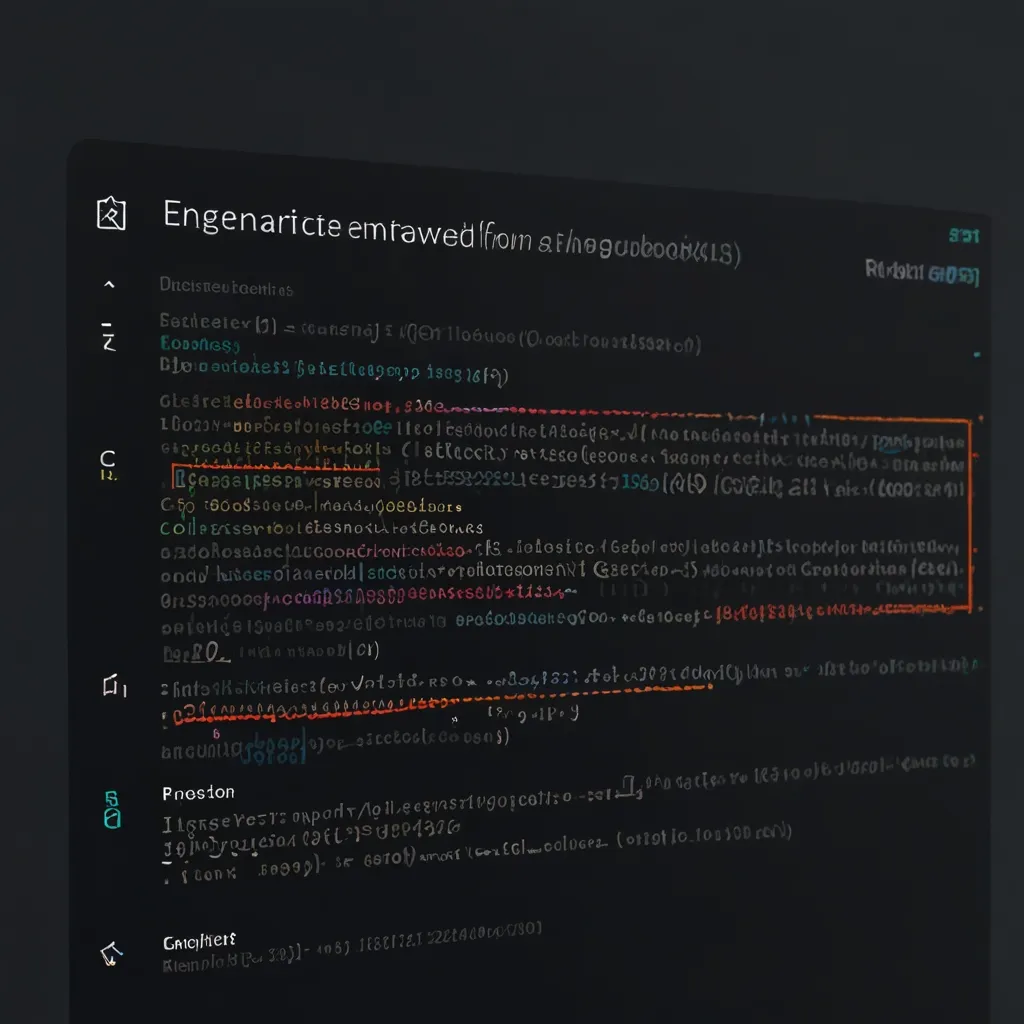Building a chatbot with Node.js and NLP libraries is like embarking on a thrilling adventure in the world of artificial intelligence. It’s a journey that’ll push your coding skills to new heights and leave you with a pretty cool creation at the end.
Let’s dive right in, shall we? First things first, you’ll need to set up your development environment. Make sure you have Node.js installed on your machine. If you don’t, head over to the official Node.js website and grab the latest version. Once that’s done, create a new directory for your project and initialize it with npm.
Now, here’s where the fun begins. We’re going to use some powerful NLP libraries to give our chatbot some serious smarts. My personal favorite is Natural, a collection of natural language processing tools for Node.js. It’s like giving your bot a brain transplant!
To install Natural, run this command in your terminal:
npm install natural
With Natural in our toolkit, we can start building the core functionality of our chatbot. Let’s create a simple example that demonstrates how to tokenize and stem words:
const natural = require('natural');
const tokenizer = new natural.WordTokenizer();
const stemmer = natural.PorterStemmer;
const sentence = "I love building chatbots with Node.js!";
const tokens = tokenizer.tokenize(sentence);
const stemmedTokens = tokens.map(token => stemmer.stem(token));
console.log("Tokens:", tokens);
console.log("Stemmed tokens:", stemmedTokens);
When you run this code, you’ll see the sentence broken down into individual words (tokens) and then stemmed to their root form. It’s like magic, right?
But wait, there’s more! To make our chatbot truly intelligent, we need to teach it how to understand and respond to user input. This is where intent recognition comes into play. We can use a classifier to categorize user messages and determine the appropriate response.
Let’s expand our example to include a basic classifier:
const natural = require('natural');
const classifier = new natural.BayesClassifier();
// Train the classifier
classifier.addDocument('Hello', 'greeting');
classifier.addDocument('Hi there', 'greeting');
classifier.addDocument('How are you?', 'greeting');
classifier.addDocument('What\'s the weather like?', 'weather');
classifier.addDocument('Is it going to rain today?', 'weather');
classifier.addDocument('Tell me a joke', 'joke');
classifier.addDocument('Make me laugh', 'joke');
classifier.train();
// Function to get bot response
function getBotResponse(userInput) {
const intent = classifier.classify(userInput);
switch (intent) {
case 'greeting':
return "Hello! How can I assist you today?";
case 'weather':
return "I'm sorry, I don't have access to weather information.";
case 'joke':
return "Why don't scientists trust atoms? Because they make up everything!";
default:
return "I'm not sure how to respond to that.";
}
}
// Example usage
console.log(getBotResponse("Hey there!")); // Output: Hello! How can I assist you today?
console.log(getBotResponse("What's the forecast for tomorrow?")); // Output: I'm sorry, I don't have access to weather information.
console.log(getBotResponse("Tell me something funny")); // Output: Why don't scientists trust atoms? Because they make up everything!
This example showcases a simple intent recognition system. We train the classifier with sample phrases for different intents, and then use it to categorize user input. Based on the recognized intent, we provide an appropriate response.
Now, let’s take our chatbot to the next level by adding some personality and context awareness. We can use sentiment analysis to gauge the user’s mood and adjust our responses accordingly. Here’s how we can incorporate sentiment analysis into our chatbot:
const natural = require('natural');
const sentiment = require('sentiment');
const classifier = new natural.BayesClassifier();
const sentimentAnalyzer = new sentiment();
// ... (previous classifier training code)
function getBotResponse(userInput) {
const intent = classifier.classify(userInput);
const sentimentResult = sentimentAnalyzer.analyze(userInput);
let response = "";
// Adjust response based on sentiment
if (sentimentResult.score < 0) {
response += "I'm sorry you're feeling down. ";
} else if (sentimentResult.score > 0) {
response += "I'm glad you're in a good mood! ";
}
// Add intent-based response
switch (intent) {
case 'greeting':
response += "How can I brighten your day?";
break;
case 'weather':
response += "I wish I could tell you about the weather, but I'm just a simple chatbot.";
break;
case 'joke':
response += "Here's a joke to lift your spirits: Why did the scarecrow win an award? He was outstanding in his field!";
break;
default:
response += "I'm not quite sure how to respond to that, but I'm always learning!";
}
return response;
}
console.log(getBotResponse("I'm feeling sad today"));
console.log(getBotResponse("You're awesome! Tell me a joke"));
This enhanced version of our chatbot takes into account the user’s sentiment and adjusts its responses accordingly. It adds a personal touch and makes the conversation feel more natural and empathetic.
As you continue to develop your chatbot, you’ll want to consider adding more advanced features. Here are some ideas to explore:
- Entity recognition: Identify specific entities in user input, like names, dates, or locations.
- Dialogue management: Maintain context across multiple messages to have more coherent conversations.
- API integration: Connect your chatbot to external services for real-time data (like actual weather information).
- Machine learning: Implement more sophisticated learning algorithms to improve your bot’s understanding over time.
- Multi-language support: Use language detection and translation APIs to communicate in multiple languages.
Remember, building a chatbot is an iterative process. Start small, test frequently, and gradually add more features as you go. It’s also crucial to gather user feedback and continuously improve your bot’s responses and capabilities.
One of the most rewarding aspects of building a chatbot is seeing it come to life and interact with real users. I still remember the first time my chatbot correctly understood a complex query and provided a helpful response. It felt like I had created a little digital life form!
As you work on your chatbot, don’t be afraid to inject some personality into it. Give it a name, a backstory, or even some quirks. This can make interactions more engaging and memorable for users.
Lastly, always keep ethical considerations in mind. Ensure your chatbot respects user privacy, provides accurate information, and has appropriate fallback mechanisms for when it doesn’t understand or can’t help.
Building a full-featured chatbot with Node.js and NLP libraries is an exciting journey that combines coding skills with creativity and a touch of psychology. It’s a project that’ll keep you learning and growing as a developer. So, what are you waiting for? Start coding and bring your chatbot to life!






